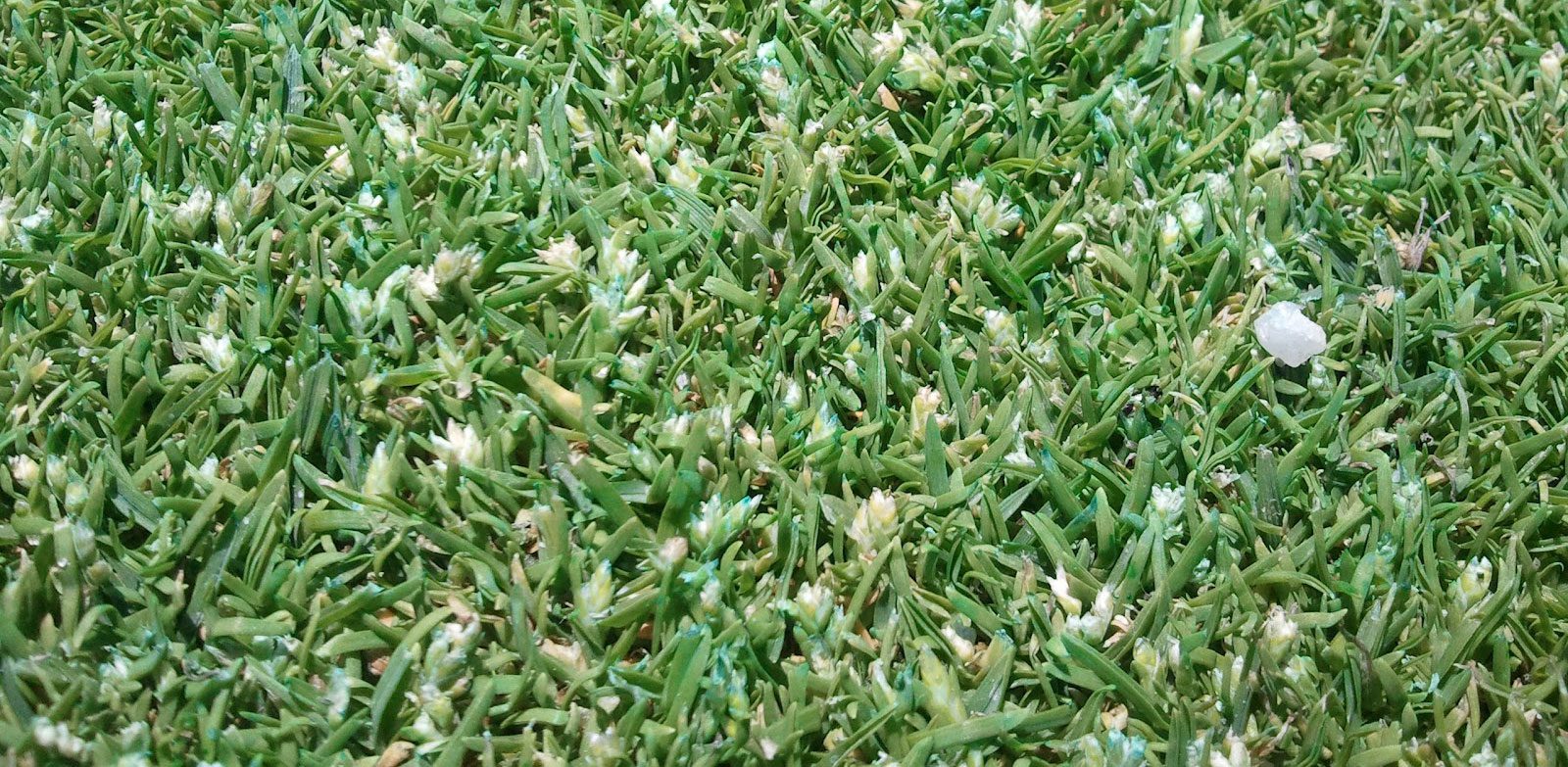Ethephon applications are essential to Poa annua seedhead suppression. With the fall ethephon application timeframe nearing, here is what you need to know to make it as successful as possible.
Traditional ethephon Poa annua seedhead suppression applications were made twice in the spring. Today, superintendents are still making two applications. However, one application is done in the late fall, and a second one is done in the spring. Note: Some superintendents are making additional ethephon applications throughout the growing season.
Considerations before the fall application
- Completing an application within one week to 10 days of aeration is not recommended. Recovery and fill in can be minimized.
- Do not make an application when frost could be a threat. Making an application with frost present can cause discoloration.
Fall Application (Primer Application)
At or immediately after the final mowing of the season in the fall, apply ethephon in combination with a snow mold application. This fall application primes the plant with ethephon before winter. Note: adding fertilizer to the fall spray is not recommended.
What should you do if you miss the fall application?
Refer back to the traditional ethephon program for seedhead suppression, which includes doing a minimum of two applications in the springtime, typically one month apart. The timing of the applications should be based on the initial sign of forsythia bloom, the boot stage of the poa plant, the growing degree day model, and temperature.
For more information on Poa annua seedhead suppression, contact your ATS sales representative.





